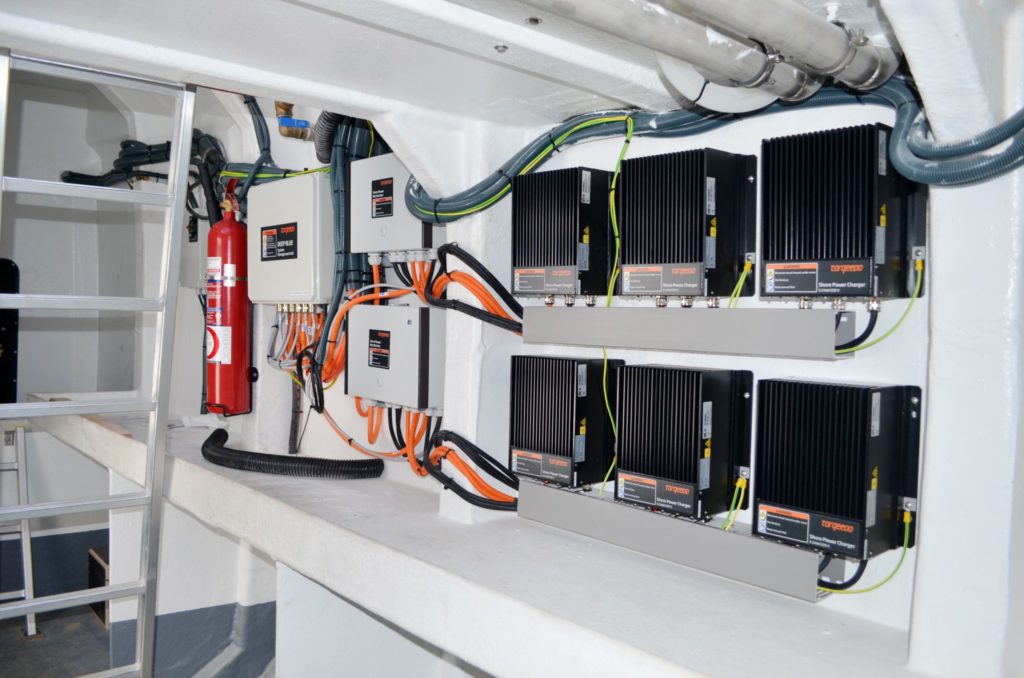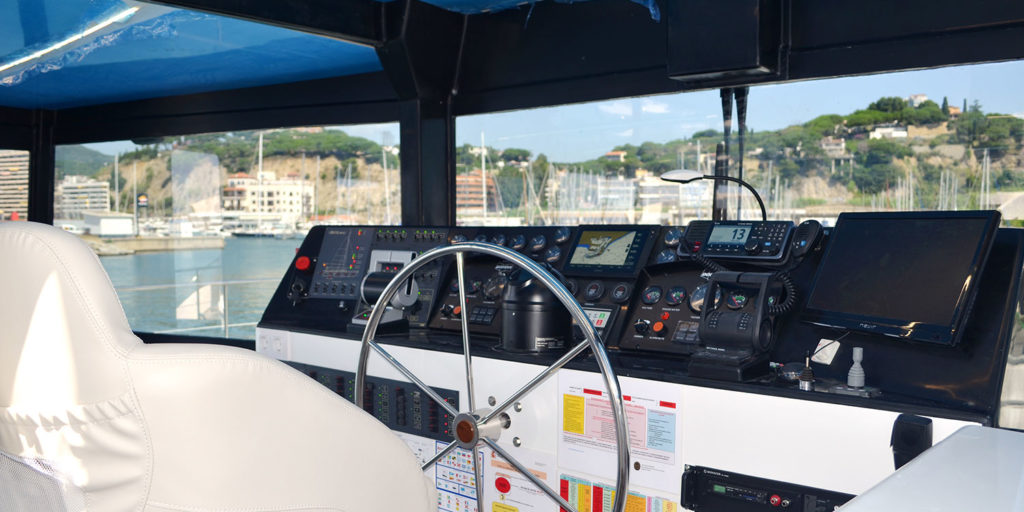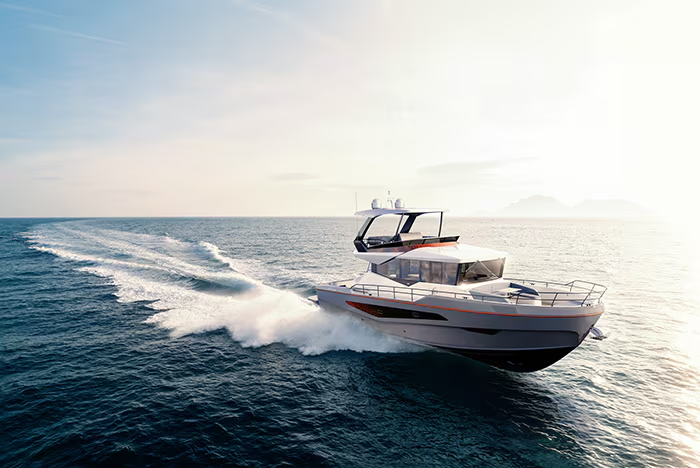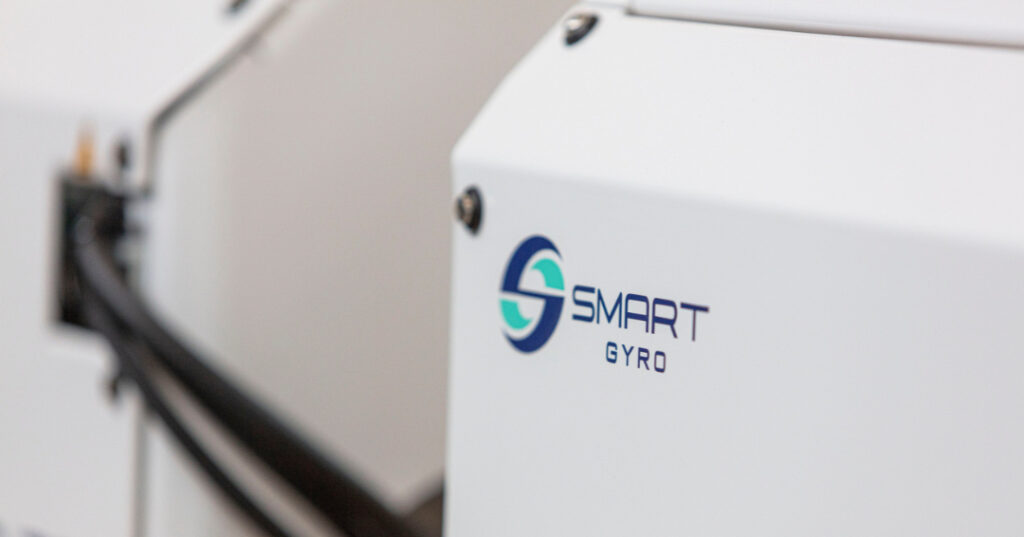Marine engineer David de Haro owns several passenger boats that transport large groups of tourists along the Costa del Sol every day. His company, Mundo Marino, has just launched its first hybrid catamaran with Torqeedo Deep Blue technology, the Mundo Marino Eco. And that is just the beginning.
“Cruise the Bay of Málaga on an ecological sailboat!” reads the ad for the sightseeing tour on the hybrid catamaran sailboat Mundo Marino Eco. From out in the bay, you can admire the skyline of the capital of the Costa del Sol, the Moorish fortress called Alcazaba, and the Gibralfaro, a 14th-century castle.
There are several tour providers that offer bay cruises, but this eco-catamaran has a Torqeedo Deep Blue Hybrid propulsion and energy management system. Business is good, says David de Haro, and sustainable tourism is a growth market. It feels good to sail around the bay with a drink in hand while listening to relaxing music – and even better to do it in a sustainable way. Mundo Marino offers a range of tours, 60-minute harbor tours, and swimming excursions into the turquoise Mediterranean. The sunset cruises are usually booked out weeks in advance.
“We’re mighty proud of our eco-catamaran,” de Haro says. He even has the elegant white boat as a screensaver on his cellphone. The 24-metre-long, 10-metre-wide catamaran was built at the Drassenes Dalmau boatyard north of Barcelona.

The catamaran is also equipped with two 300 hp diesel engines which proved useful in transporting the yacht from Barcelona to Málaga. But in everyday tour operations, David de Haro says, they are hardly ever turned on.
“The electric motor is perfect for our short trips and moderate speed of four knots,” de Haro says. He’s most impressed with the sophisticated on-board energy management system which uses renewable energy to meet the giant catamaran’s various operational needs.
For example, the solar system powers the lighting, water pumps, music system and refrigerator. When there is enough wind, the catamaran sets the sails and uses hydrogeneration to recharge the batteries. On an average one-hour tour of the bay with 150 passengers, the diesel engines are not needed at all. “It’s so quiet and relaxed on board,” de Haro enthuses.
Many tourism businesses realise that developing more sustainable operations can provide a competitive advantage – vacationers are interested in patronizing green businesses and new experiences. That’s why many of Mundo Marino’s passengers are interested in the catamaran’s ability to generate its own power under sail. “When they see the battery indicator suddenly change from yellow to green while sailing, many of the passengers are simply amazed,” de Haro tells us. “‘That’s free energy!’ they often say.” It’s simply a good feeling to enjoy time on the water without damaging the sensitive marine biotope through noise, exhaust fumes, and emissions.
For the first year after the eco-catamaran was commissioned, David de Haro captained the Mundo Marino Eco himself. Nowadays, he only fills in when a mechanic or captain is out of action. More often, you find him sitting in the office charting the course of the company that he and his father, both sailors from Madrid, founded 25 years ago. Right now, he is thinking about inviting students on board where he will explain and demonstrate his eco-catamaran’s technology. “That could be interesting for budding engineers,” he adds. He’s convinced that the whole world is moving in this direction. Soon, he is planning to purchase another hybrid vessel because the Mundo Marino fleet is ready to grow, even as it becomes quieter and cleaner.
Explore the range of Torqeedo electric marine engines available in Australia HERE.







